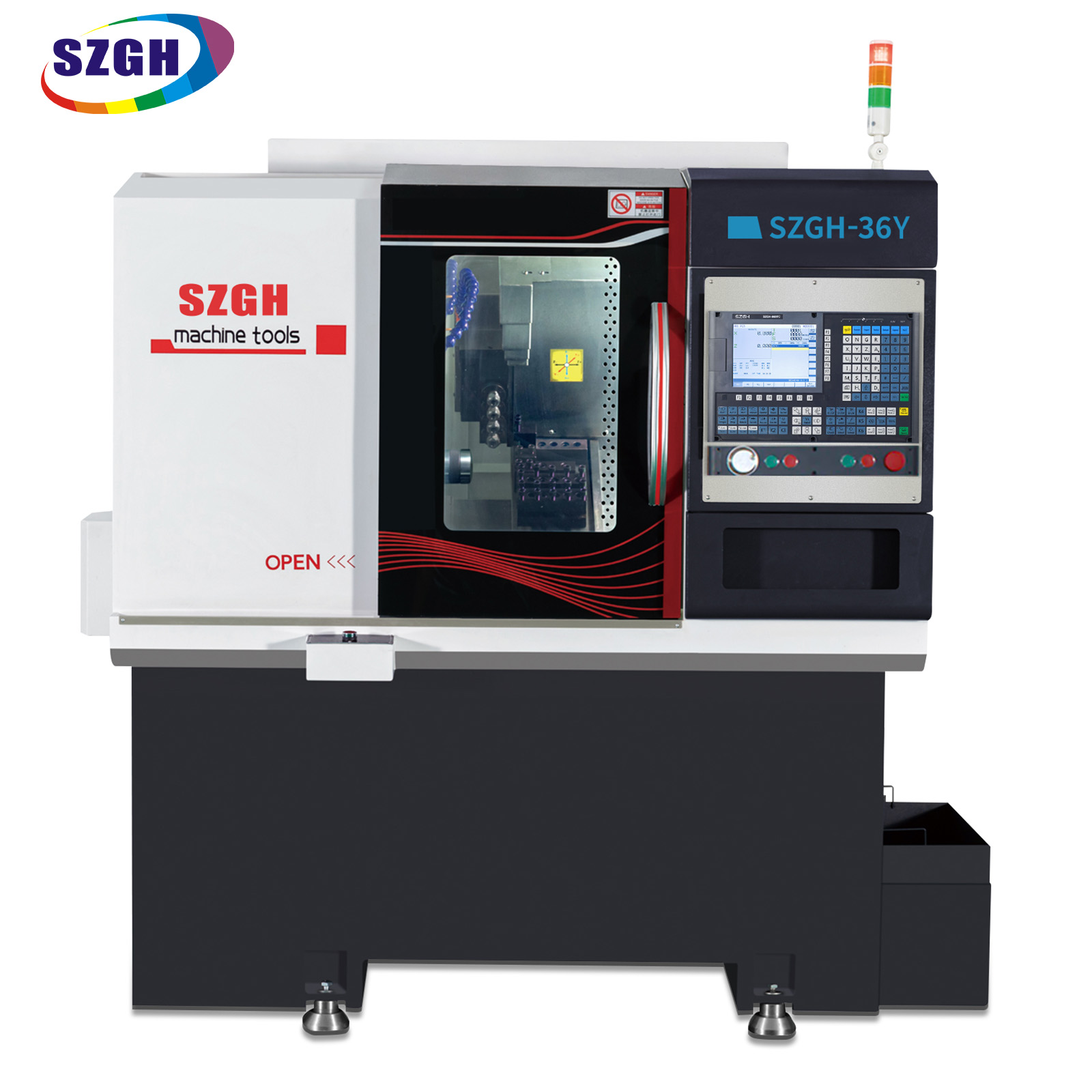Manual vs. CNC Machining: Which One Fits Your Project Best?
August 27, 2025
Manual vs. CNC Machining: Which One Fits Your Project Best?
In today’s manufacturing landscape, choosing the right machining method can make or break your project’s success—whether you’re prototyping a groundbreaking invention, scaling up production, or delivering precision components for critical applications.
Let’s break down the two primary machining types—manualand CNC—to help you decide which aligns with your goals, budget, and timeline.

What’s the Difference?
A Quick Overview:
At its core, machining is about shaping raw materials (metal, plastic, wood, etc.) into functional parts. The two main approaches differ dramatically in how they operate:
Manual Machining: Skilled machinists directly control machines like lathes, mills, or drills using hand wheels, levers, or basic controls. Think of it as a “hands-on” craft—ideal for small-scale, straightforward projects where flexibility trumps automation.
CNC Machining: Computer Numerical Control (CNC) machines use pre-programmed software to automate cutting, drilling, or shaping. These machines follow exact 3D coordinates (X, Y, Z) to produce parts with micron-level precision, making them powerhouses for large runs or complex designs.
When to Choose Manual Machining: Simplicity, Speed, & Affordability
Manual machining isn’t just “old-school”—it’s a strategic choice for specific scenarios.

Here’s why it might be your best bet:
Small Batches or Prototypes: Need 10–50 parts quickly? Manual machines require minimal setup time, so you can iterate fast without sinking costs into programming or retooling. Perfect for testing designs or fulfilling low-volume orders.
Simple Geometry: Basic shapes (e.g., straight cuts, simple curves) don’t need CNC’s complexity. Manual operation lets you adjust on the fly if the design shifts—no need to rewrite code or recalibrate machines.
Tight Budgets for Small Runs: No expensive programming software or CNC-specific training required. For one-off custom parts (e.g., vintage machinery repairs, artisanal metalwork), manual machining keeps costs low.
Skilled Craftsman Access: If you partner with a workshop boasting veteran machinists, their hands-on expertise can deliver consistent quality for simple parts—even faster than waiting for CNC programming.
When to Choose CNC Machining: Precision, Scale, & Consistency For projects demanding accuracy, repeatability, or large-scale production, CNC machining is unmatched. Here’s why it’s the go-to
for modern manufacturing:Complex, High-Precision Parts: Need a part with intricate 3D contours, tight tolerances (e.g., ±0.005mm), or complex geometries (e.g., aerospace turbine blades, medical implants)?
CNC machines follow digital blueprints flawlessly, eliminating human error in repetitive tasks.
Large Batch Production: Once programmed, CNC machines run 24/7 with minimal supervision.
This automation slashes per-unit costs—ideal for scaling up from 100 to 10,000+ parts without sacrificing quality.
 Faster Time-to-Market: While programming takes initial time, CNC’s automation accelerates mass production. Need to launch a product quickly?
Faster Time-to-Market: While programming takes initial time, CNC’s automation accelerates mass production. Need to launch a product quickly?
CNC reduces lead times drastically compared to manual methods for large orders.
Material Versatility: From hard metals (titanium, stainless steel) to delicate plastics, CNC machines handle tough materials with ease. They maintain precision even when working with abrasive or heat-sensitive substances—critical for industrial or automotive applications.
Still Unsure? Ask These Questions:
To nail down the right choice, evaluate your project against these key factors:
Volume: Small batch (1–100) → manual; Large batch (100+) → CNC.
Complexity: Simple shapes → manual; Intricate 3D designs → CNC.
Precision: Loose tolerances (±0.1mm+) → manual;
Tight tolerances (±0.01mm or finer) → CNC.
Timeline: Urgent small run → manual;
Long-term scaling → CNC.

Your Partner in Precision—Whatever Your Project Needs
At [Shenzhen Guanhong Automation Co,. Ltd], we specialize in matching the right machining method to your unique goals. Whether you’re crafting a prototype in our manual workshop or scaling production with our state-of-the-art CNC fleet, we combine decades of expertise with cutting-edge technology to deliver excellence.
Ready to start? Share your project details—we’ll help you choose the optimal approach and ensure your parts meet (or exceed) expectations.
Because in manufacturing, the right tool for the job isn’t just about technology—it’s about results.



